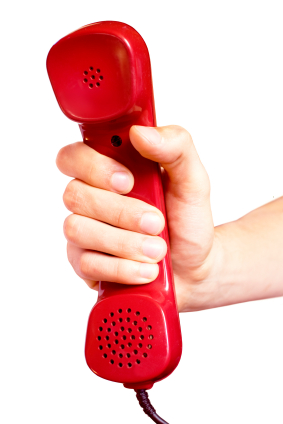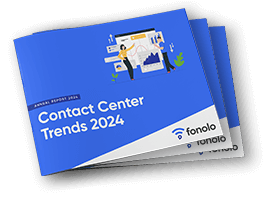
It happened again. I was calling a service provider (a shipping company). First I heard “All our agents are currently helping other customers”… so far, pretty standard. And then… “Press zero if you would like us to call you back instead”… Aha! A call-back system. Let’s give it a try. Pressed zero. A brief dial tone then (a different voice), “Please leave a voicemail and an agent will return your call.” Arrgh!
Many contact centers handle high volume periods by sending calls to voicemail, however this is *not* the same as giving callers a call-back option. The main difference is that a proper call-back system keeps the customer’s place in line (aka “virtual queuing”) and automatically connects customer and agent at the right time.
Years ago, adding such a system was pricy and time consuming, but today we have easy, affordable options and this “hack” has no place in the industry. Aside from seeming unprofessional, sending your callers to voicemail has 5 undesirable effects.
1) Questionable Scheduling
Some call center systems will treat the voicemail-call-back request to be part of an outbound calling campaign and “blend” it in with inbound traffic. The problem with this is that the priority of outbound campaigns is usually lower than handling inbound calls and that priority can vary over time. Even worse, some call centers will just leave answering voice mails till the end of the day.
A caller who requested a call-back should have the same priority level as any other inbound caller. If callers worry that the call-back option will not get them the same treatment they won’t use it.
2) Susceptible to Multiple Calls
A frustrated caller may call in multiple times and leave multiple voicemails. With no way to “collapse” these messages into one “case”, multiple agents will end up wasting time with duplicate effort.
3) Lack of Assurance for the Caller
One of the reasons that callers have historically been reluctant to accept offers of a call-back is that they are skeptical that their wait time will be the same as if they had stayed on hold. Hearing a prompt for a voicemail sends exactly the wrong message because people will associate this with the experience in their personal life. For example, “They’ll return my call when they get around to it.”
As an industry, we have to instill confidence that call-backs are honored and that the caller’s place in line really is held in the queue. We are making good progress on this front, especially with call-back systems that have web or mobile visual interfaces where the customer can see ongoing feedback.
4) Messes up Metrics
Sending calls to voicemail can distort a number of key metrics in your call center. For example, what is the proper ASA for such a call? How does this two-piece interaction impact the First Call Resolution (FCR) average?
A proper call-back system will keep your metrics “true” by combining the original call with its associated outbound call, so that they are seen as one transaction.
5) No Call-Attached Data
If you have invested in a CTI system, you know the positive impact it has on caller satisfaction and Average Handle Time (AHT). Sending a caller to voicemail does an “end-run” around this system.
The Right Way to do it
Even the best service providers experience periods of peak volume in their call center. When that happens, hold times inevitably go up which leads to lower customer satisfaction (CSAT), higher abandon rates and other higher telecom costs. If long hold-times become a big problem, contact centers basically have two choices: increase staff or offer call-backs.
It may seem like an “easy out” to simply divert excess traffic to voicemail, but this is ultimately detrimental to your brand, customer satisfaction and call center performance.

Discover the Contact Center Trends That Matter in 2024
Dig into industry trends and discover the changes that matter to your business in the year ahead.